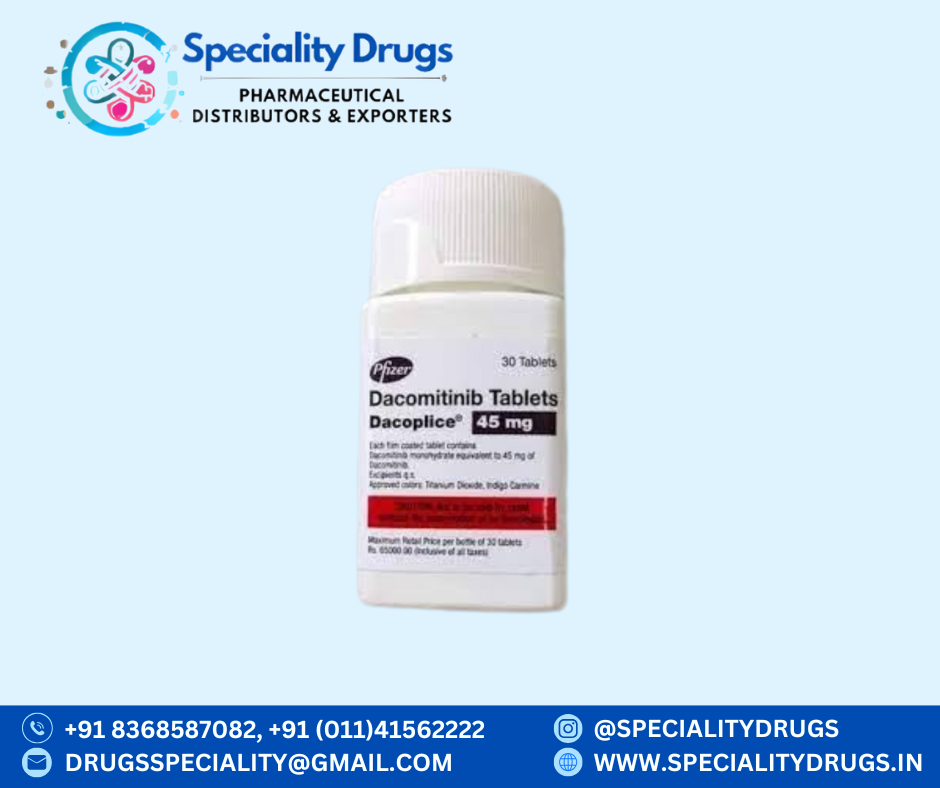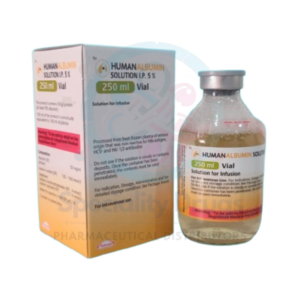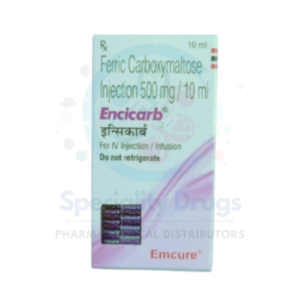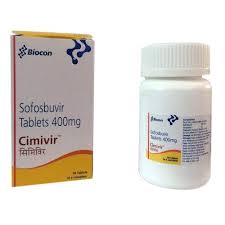What is DACOPLICE 30 MG?
DACOPLICE 30 MG contains Dacarbazine, an antineoplastic (anticancer) medicine. It belongs to the class of alkylating agents and works by interfering with the growth of rapidly dividing cancer cells.
What is the use of DACOPLICE 30 MG?
DACOPLICE 30 MG is prescribed for the treatment of various types of cancers, including:
-
Malignant melanoma (a type of skin cancer)
-
Hodgkin’s lymphoma (blood cancer affecting lymph nodes)
-
Soft tissue sarcoma
-
Metastatic cancers (spread to other organs)
Benefits of DACOPLICE 30 MG
-
Helps slow or stop the growth of cancer cells.
-
Improves survival rates in advanced cancers.
-
Can be used alone or in combination with other chemotherapy drugs.
-
Effective in treating difficult cancers like melanoma and Hodgkin’s lymphoma.
Side Effects of DACOPLICE 30 MG
Common side effects:
-
Nausea, vomiting, loss of appetite
-
Fatigue, weakness
-
Flu-like symptoms (fever, muscle aches)
-
Low blood cell counts (risk of infections, bleeding, anemia)
-
Skin sensitivity to light
Serious side effects (require immediate medical care):
-
Liver toxicity (jaundice, yellowing of skin/eyes)
-
Severe allergic reactions (rash, breathing problems)
-
Persistent bleeding or unusual bruising
-
Severe abdominal pain
⚠️ Important Advice:
-
DACOPLICE 30 MG should be administered only under strict medical supervision in a hospital or clinic.
-
Regular blood counts and liver function tests are essential during treatment.
-
Patients should avoid pregnancy and breastfeeding while on this medication.
-
Adequate hydration and supportive medicines may be given to manage side effects.
Q1. What is DACOPLICE 30 MG used for?
It is used to treat cancers such as malignant melanoma, Hodgkin’s lymphoma, soft tissue sarcoma, and metastatic cancers.
Q2. How does DACOPLICE 30 MG work?
DACOPLICE is an alkylating agent that interferes with cancer cell DNA, preventing cells from dividing and causing them to die.
Q3. How is DACOPLICE 30 MG administered?
It is given as an intravenous (IV) injection by a trained healthcare professional in a hospital or clinic.
Q4. Can DACOPLICE 30 MG be taken at home?
No. It must be administered in a medical setting under supervision due to potential side effects.
Q5. What are the common side effects of DACOPLICE 30 MG?
Nausea, vomiting, loss of appetite, fatigue, flu-like symptoms, low blood counts, and skin sensitivity.
Q6. What serious side effects should I watch for?
Severe allergic reactions, liver toxicity (yellowing of skin/eyes), unusual bleeding, or severe abdominal pain.
Q7. Does DACOPLICE 30 MG affect the immune system?
Yes, it can lower white blood cells, increasing the risk of infections. Report fever or persistent sore throat immediately.
Q8. Can pregnant or breastfeeding women take DACOPLICE 30 MG?
No. It is unsafe during pregnancy and breastfeeding. Effective contraception is advised during treatment.
Q9. Will DACOPLICE 30 MG cause hair loss?
Yes, temporary hair loss (alopecia) may occur during chemotherapy treatment.
Q10. How long does a DACOPLICE 30 MG treatment cycle last?
The duration depends on your type of cancer, stage, and doctor’s protocol. Follow your oncologist’s instructions carefully.
Q11. Can I take other medications with DACOPLICE 30 MG?
Some medicines may interact with DACOPLICE, including immunosuppressants and certain antibiotics. Always inform your doctor about all medications.
Q12. Do I need blood tests during DACOPLICE 30 MG treatment?
Yes, regular blood counts and liver function tests are required to monitor for side effects.
Q13. How can side effects like nausea and vomiting be managed?
Your doctor may prescribe anti-nausea medications and advise dietary adjustments to reduce discomfort.
Q14. Can I drink alcohol during DACOPLICE 30 MG treatment?
It is best to avoid alcohol as it may worsen nausea and increase liver strain.
Q15. How should DACOPLICE 30 MG be stored?
Store in a cool, dry place below 25°C, away from direct sunlight and moisture, and keep out of reach of children.






Reviews
There are no reviews yet.